The below discussion on economic choices of the fictional Wakandan leaders in Marvel’s “Black Panther” contains slight spoilers from the movie.
Last weekend, Marvel’s “Black Panther” was released in theaters around the world. The highly anticipated movie directed by Ryan Coogler brought in an estimated $427 million worldwide and $242 million domestically, making it the second-largest-earning Marvel Cinematic Universe movie behind “The Avengers,” and the fifth-largest opening weekend of all time behind “Star Wars: The Force Awakens” (2015), “Star Wars: The Last Jedi” (2017), “Jurassic World” (2012) and “The Avengers” (2012). The movie awakened pride and joy in African and African-American viewers, many of whom attended the showing in Afro-centric garments. African fans highly praised the movie for the positive portrayal of the African continent, deviating from the portrayal of Africa traditionally seen in Hollywood.
Adapted from the Marvel Comic book, the movie follows newly crowned Prince T’Challa, played by Chadwick Boseman, as he navigates the challenges that come with his newly acquired responsibilities and the incoming challenges to the stability of his kingdom, Wakanda, a fictional landlocked East African country bordering Ethiopia, South Sudan, Uganda, and Kenya.
Despite its fictional nature, Wakanda shares key similarities with many African countries; African policymakers and their partners can draw lessons about good resource governance and economic integration from the movie.
Wakanda’s vibranium: Strategies for natural resource management
Notably, like Angola, Zambia, Nigeria, and many, many other African countries, Wakanda is rich in natural resources. Long ago, a meteor landed in Wakanda, creating a valuable non-renewable natural resource: vibranium. The metal absorbs any kinetic energy directed at it, rendering it nearly indestructible—in the comics, Black Panther’s armored suit and Captain America’s shield are both made up of vibranium. Unlike in most African countries, though, Wakanda’s resources have been exceptionally well managed. Indeed, the precious metal has been the key player in making Wakanda the most technologically advanced nation on the planet.
Notably, the country has wisely made use of the metal to enhance technology and economic development for its people. In addition, Wakanda’s approach to utilizing vibranium creates considerable and widely shared benefits to society. Moreover, in the Marvel Universe vibranium is key to helping Wakanda hide from the rest of the world in order to avoid the appropriation of the valuable resource. Because of its self-isolation, Wakanda appears to have an economic model where it does not trade its natural resource with the rest of the world: It lives in autarky and invests heavily in technology.
In contrast, resource-rich African countries depend heavily on their exports of natural resources. For example, in 2015, mineral exports made up more than 90 percent of exports in Equatorial Guinea, Nigeria, and Angola. In addition, the high dependence on oil exports in certain African countries has led to misaligned exchange rates, the decline of non-resource sectors, political authoritarianism, conflict, and economic inequality.
While none of the countries cited above mirror Wakanda’s isolationism, the fictional country shares many similarities with Norway and Botswana. Indeed, in the real world, such a fate is not inevitable in every resource-rich African country. For instance, Botswana—one of the world’s largest producers of diamonds—has not fell victim to the resource curse and has done so by implementing a three-pronged method, as highlighted in a 2012 African Development Bank brief. First, Botswana pursued economic diversification—although with mixed success. Second, the country established a fiscal rule that separates expenditures from revenues and thus shields expenditures from fluctuations in diamond prices. Third, it invested diamond revenues for the use of future generations—using a sovereign wealth fund called the Pula Fund. Outside of Africa, oil-rich Norway has been praised for its management of natural resources, largely based on the investment in its sovereign wealth fund. In addition, Norway spends about 4 percent of the fund on public projects. In the comics, the country sets aside a generous portion of vibranium revenue to create a social safety net.
In addition, while oil and diamonds are not as versatile as vibranium and cannot be used individually to promote the technological advancement of resource-rich African countries, there exists a space for the revenues they generate to be reinvested in technology and manufacturing, among other sectors.
Erik Killmonger, Nakia, and opening up to the rest of the world: The right economic choice?
The key storyline of the movie is centered on the arrival of antagonist Erik Killmonger, played by Michael B. Jordan, to Wakanda. Born and raised in Oakland California, Killmonger is a direct descendent of Wakanda, as the nephew of King T’Chaka, King T’Challa’s deceased father. Like his father Prince N’jobu, Killmonger believes that the resources from vibranium should not be kept hidden in Wakanda; rather they should be used to liberate the large number of people of African descent living in impecunious and oppressive conditions worldwide. Killmonger does not approve of Wakanda’s isolationist policies and finds it morally wrong for the country to stand idle as they possess the resources to free black people from their oppressors. Killmonger eventually gains access to the throne and sets out a plan to arm Wakanda’s undercover operatives worldwide in order to engender a violent global revolution. His plans are eventually foiled as King T’Challa returns.
Interestingly, Killmonger’s ideological foundations resemble those of Nakia, one of the heroines of the movie. Played by Lupita N’yongo, King T’Challa’s love interest often urges him to use Wakanda’s resource to assist foreign nations in the form of foreign aid and technological knowledge sharing. While both Nakia and Killmonger recognize the suffering around Wakanda, Nakia’s solution is more realistic and less destructive.
A Wakandan economist, we suspect, might agree and add a third perspective to the views held by Nakia and Killmonger, one from an International Economics 101 perspective—think David Ricardo’s classical theory of comparative advantage. Wakanda’s massive investment in technology gives the fictional country a clear comparative advantage, which, in turn, makes the potential benefits of international trade quite high. Its monopoly on vibranium gives Wakanda another one. The high quality of its governance suggests that Wakanda would also be able to manage the expected revenues from trade for current and future generations of Wakandans. Moreover, if vibranium can play the role the steam engine played during the Industrial Revolution of the 19th century, Wakanda could be the catalyst for a surge in global trade; sending goods using those technologically advanced flying engines would drastically lower costs and facilitate the movement of goods.
The box office success of Marvel’s “Black Panther” can pave the way for an increased number of movies painting Africa in a positive light. In the meantime, fictional Wakanda provides an image of the prosperity and technological advancement, which awaits properly managed resource-rich countries. The subsequent technological proliferation and increase in global trade will hopefully be featured in the Black Panther sequel.
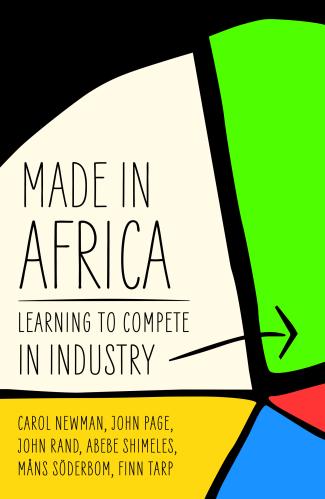
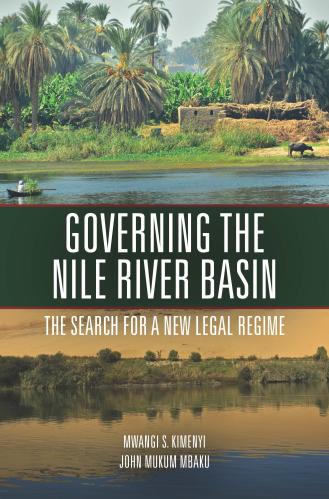
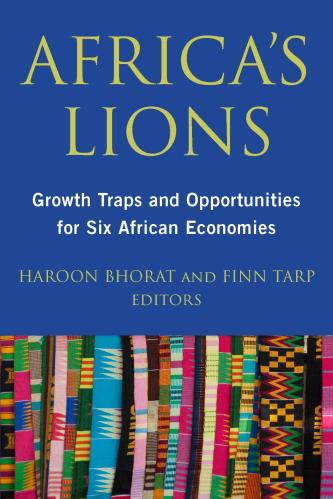
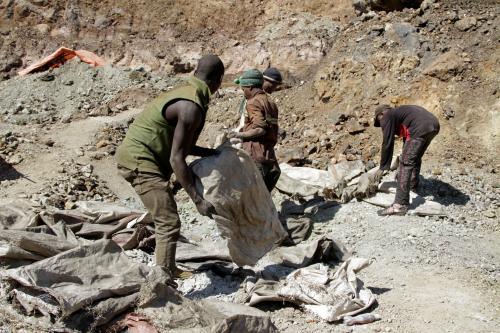
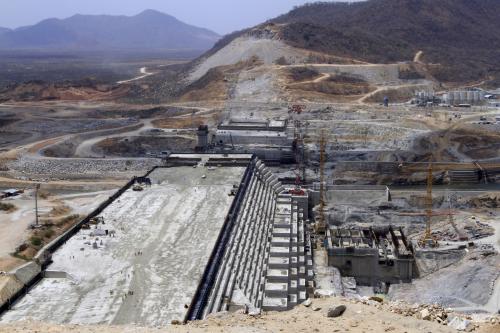


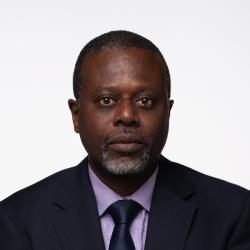
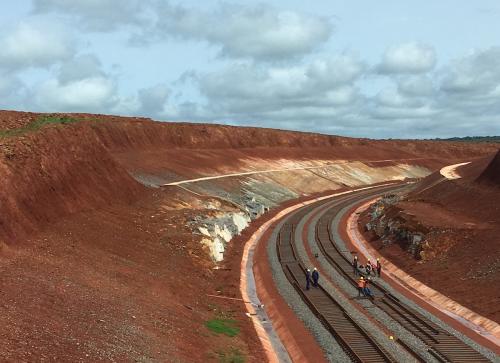


Commentary
Lessons from Marvel’s Black Panther: Natural resource management and increased openness in Africa
February 23, 2018